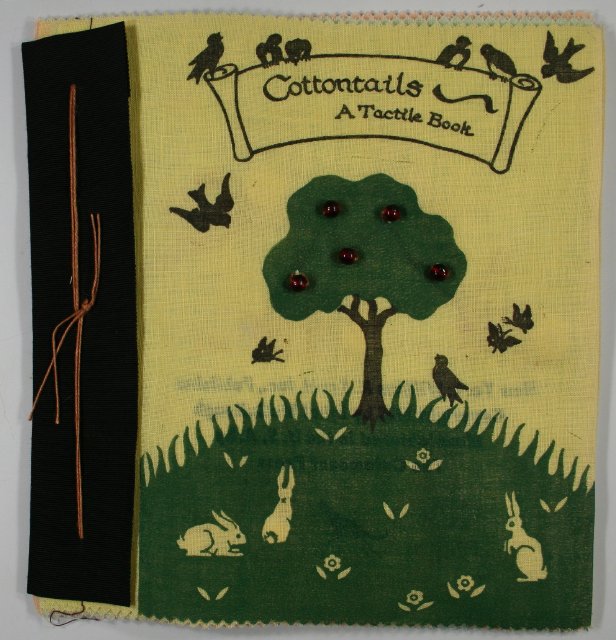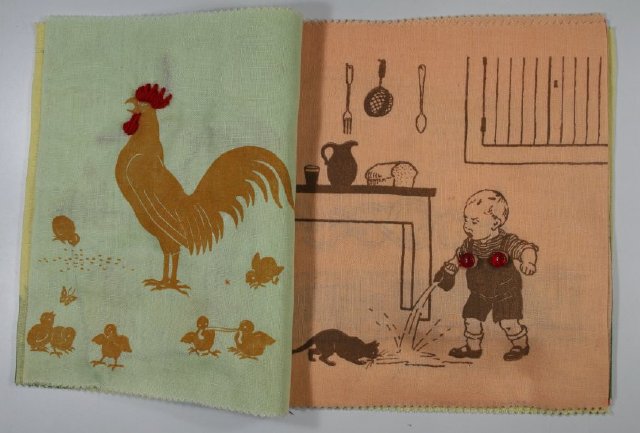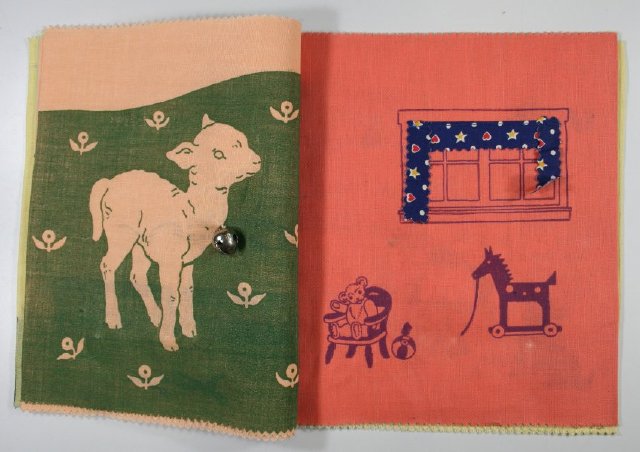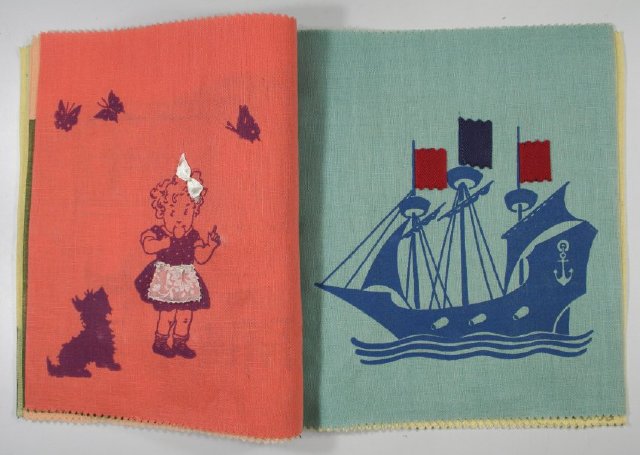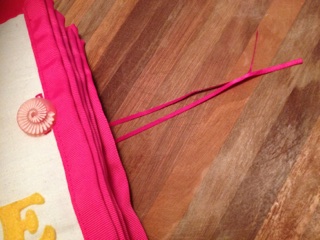This easy peasy quiet book page comes with a little disclaimer. I used a regular printer and fed some Korean hard felt through it rather than paper. I printed around ten pages worth, and they all printed fine. Not long after doing this however, my printer would no longer print correctly, and I had to get another one.
It is certainly better if you can use the sublimation printing method to print on felt instead! See my post Sublimation Printing on Felt - Test. The colours would turn out much better too, no doubt. Although I think it is okay anyway, especially for a page like this. My Mum says it makes it look antique.
What little girl doesn't enjoy a tea party? I certainly enjoyed many on a cot blanket (think pretend picnic blanket) with my sister and all our dolls and teddies. This little girl has a puppy and kitty to spoil, and they are all totally adorable.
I found this ‘Little Miss Alice & Her Dolly – a commercial Paper doll book’ vintage paper doll set on Pinterest - and there you can find many others as well. I have saved quite a few that might work well for quiet books to my board Felt Sublimation and Printables, which needs a bit of re-organising. The link to the Marges8's Blog posts where you can find the image is here.
I simply cut slits where indicated for the puppy and kitten to sit at the table and sewed around the outside edge of the felt section depicting the table, leaving the top open to form a pocket to store the dolly, puppy and kitten.

